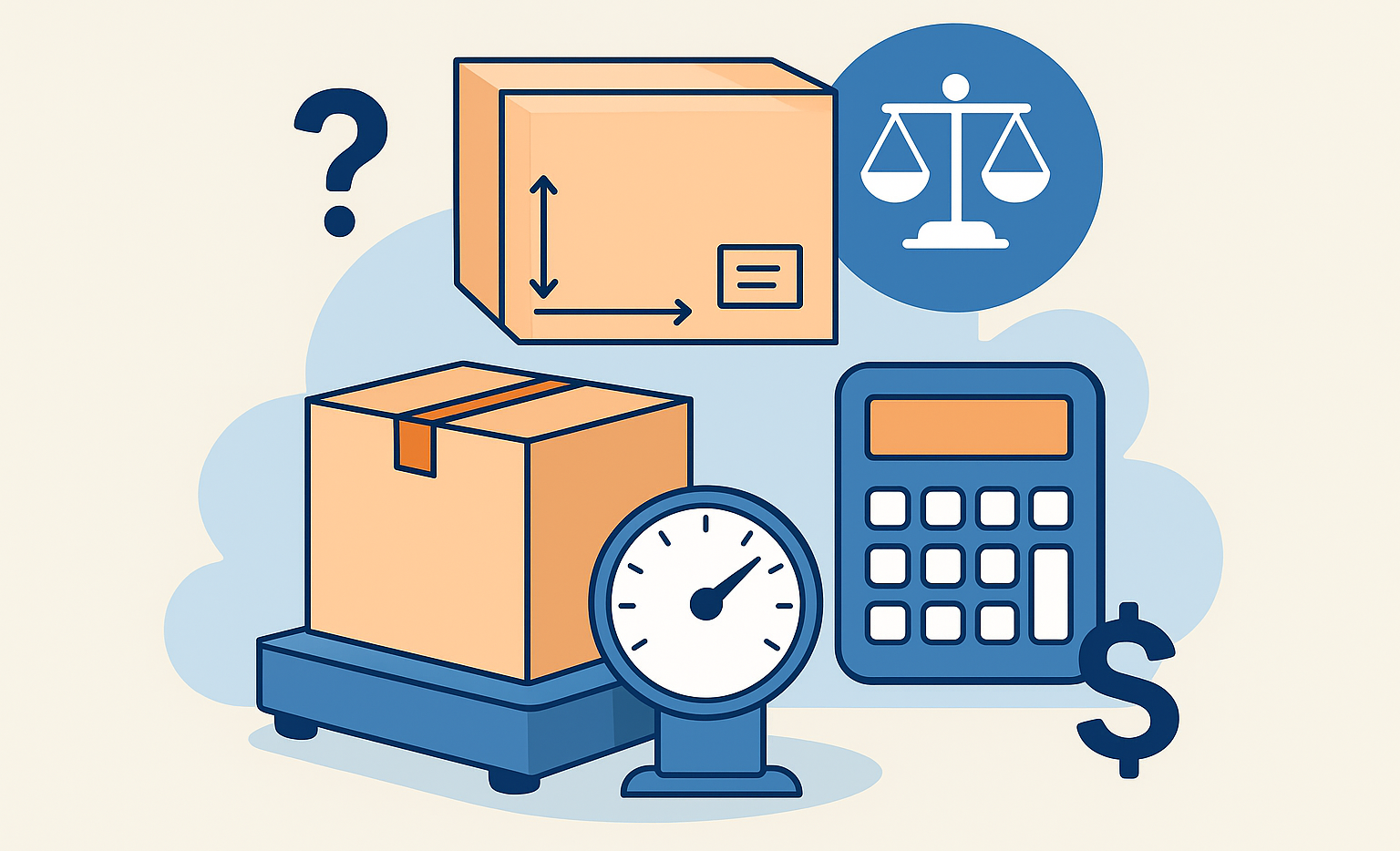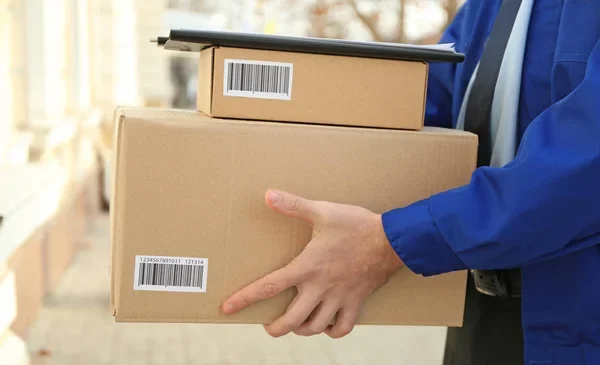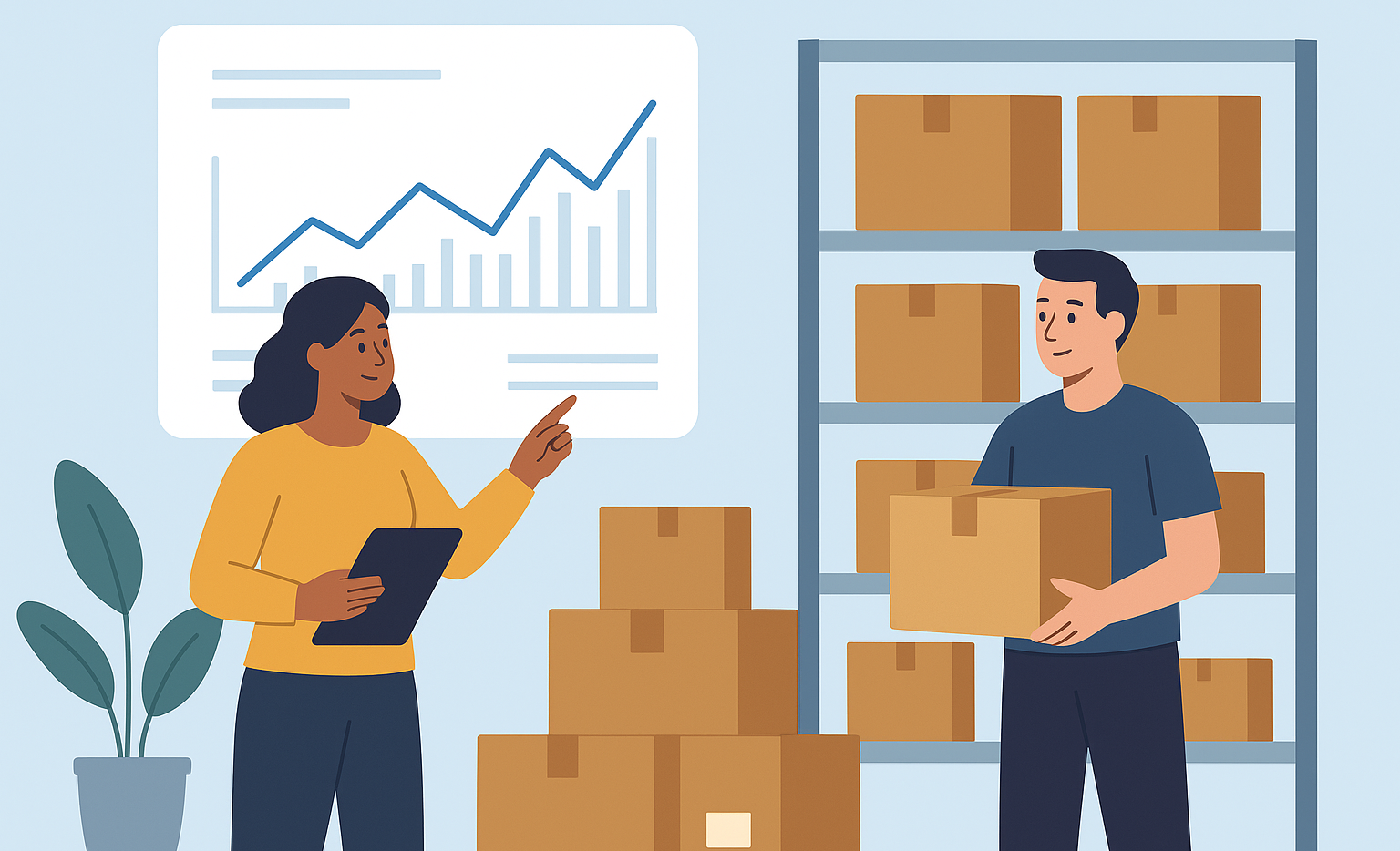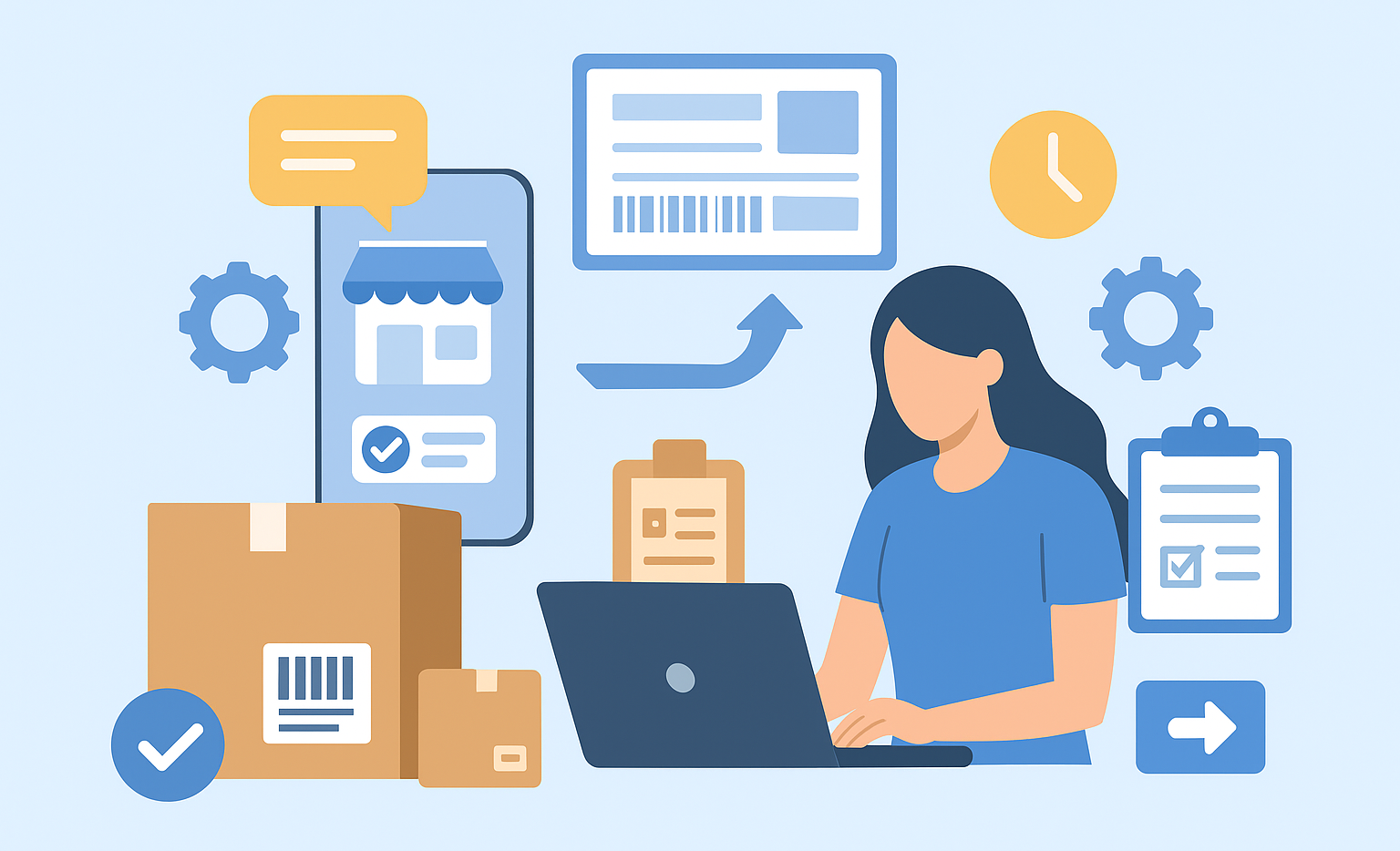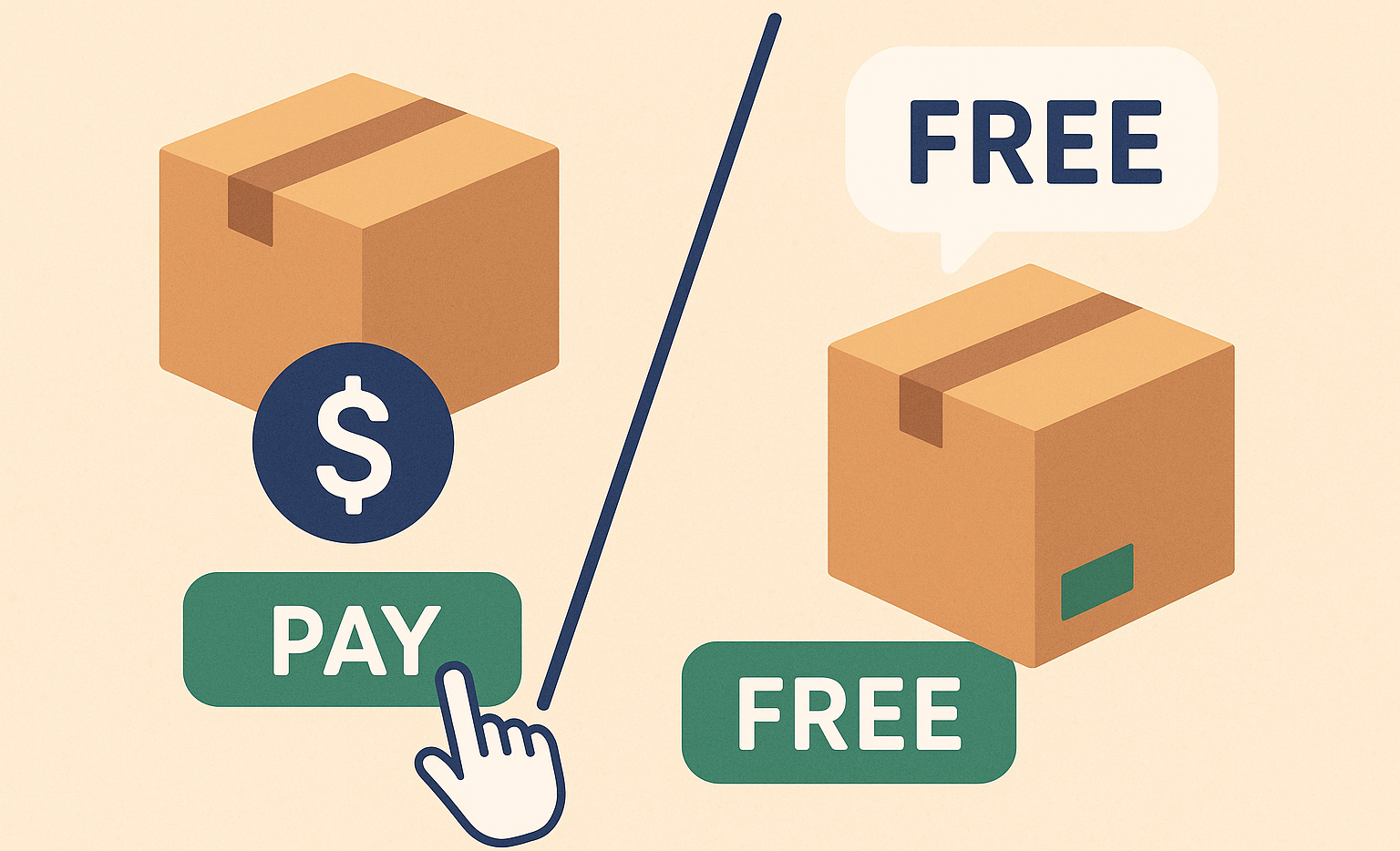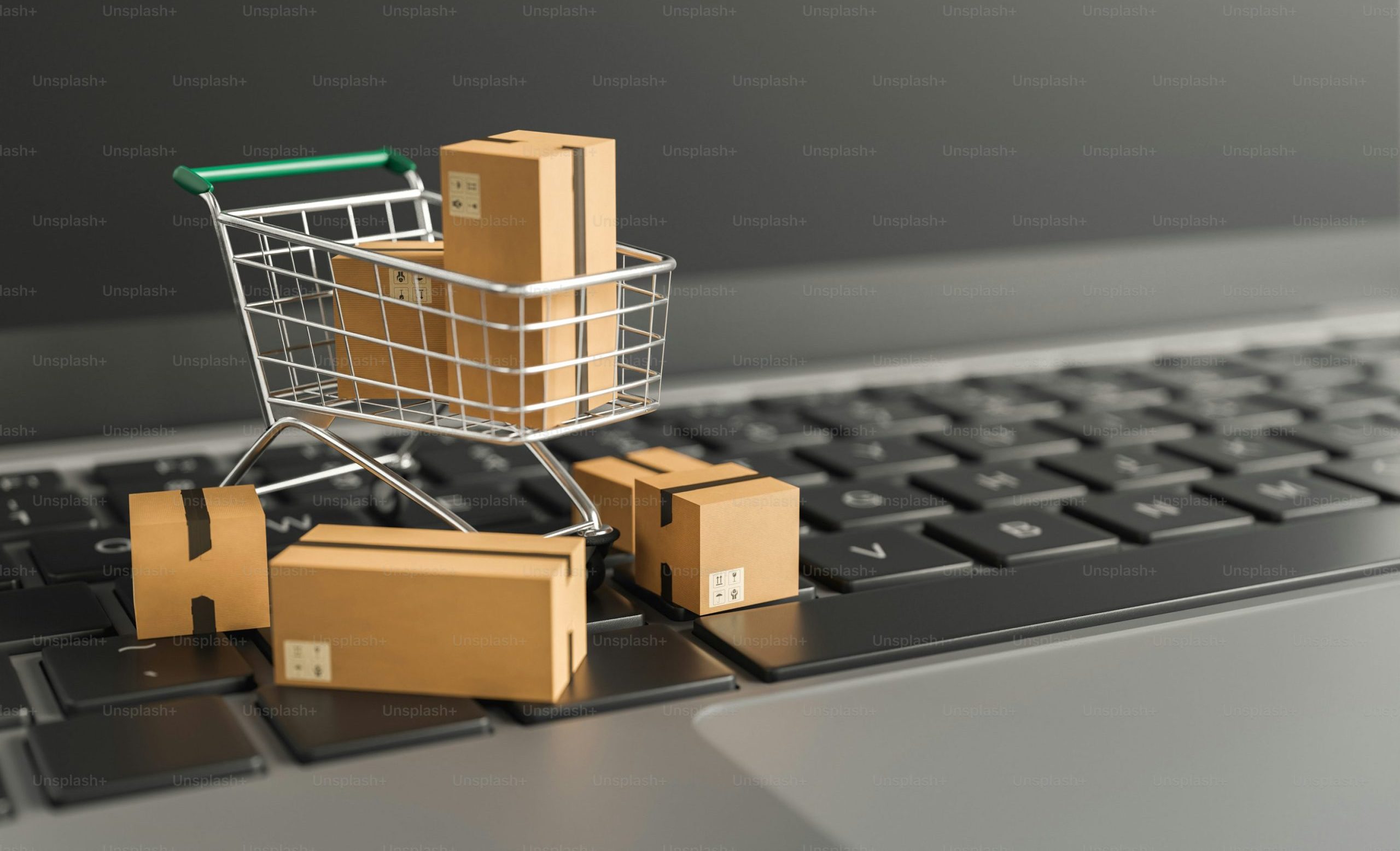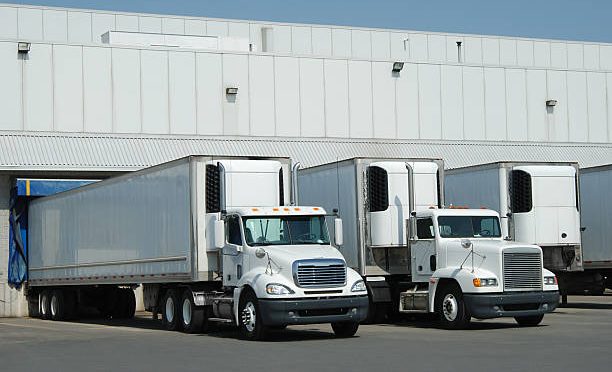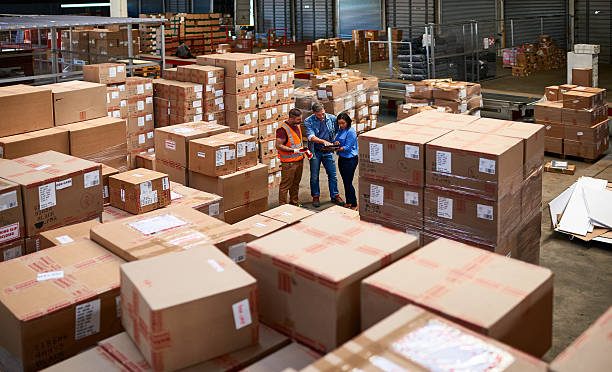
Choosing the right inventory system can directly impact your small business’s profitability and tax strategy. Between FIFO (first-in, first-out) and LIFO (last-in, first-out), understanding how each method values your inventory and cost of goods sold is critical to making an informed decision. For most small businesses, FIFO works best as it provides a clearer picture of actual inventory flow and often results in higher reported profits when prices are rising.
Your choice between FIFO and LIFO affects not only accounting but also your purchasing and pricing strategies. While LIFO may offer tax advantages during inflationary periods, it can complicate inventory management and financial reporting. Knowing how each system aligns with your business goals will help you maintain accurate records and optimize your bottom line.
FIFO vs. LIFO: Core Differences and Applications
Inventory valuation affects your taxes, profits, and financial clarity. Understanding how each method handles inventory flow, cost of goods sold, and product types will help you decide which fits your small business needs.
How FIFO Works for Small Businesses
FIFO, or First In, First Out, assumes you sell your oldest inventory first. This reflects the actual flow of goods for many businesses, especially those with perishable or time-sensitive products.
Using FIFO typically shows higher profits in times of rising prices because your older, cheaper inventory is matched against current sales. This inflates your taxable income but provides a clearer picture of current inventory value.
FIFO is easier to implement because it follows natural stock rotation. Many retailers, manufacturers, and wholesalers prefer FIFO for its straightforward tracking and compliance with accounting standards.
How LIFO Works for Small Businesses
LIFO stands for Last In, First Out and assumes you sell your most recent inventory first. This can better match current costs with current revenues, which may lower taxable income if prices rise.
LIFO can reduce tax liability by reporting higher costs of goods sold, but it often results in older inventory remaining on books, sometimes outdated or less relevant in value.
Implementing LIFO can be more complex and sometimes is not allowed under certain accounting frameworks or tax regulations. It tends to be used in industries where inventory cost fluctuations are significant, and tax benefits are a priority.
Comparing Cost of Goods Sold and Ending Inventory
The method you choose changes Cost of Goods Sold (COGS) and ending inventory values on your balance sheet.
| Metric | FIFO | LIFO |
|---|---|---|
| COGS | Lower in rising price periods | Higher, reflects recent costs |
| Ending Inventory | Reflects recent purchase prices | Reflects older costs |
| Tax Impact | Higher taxes due to lower COGS | Lower taxes due to higher COGS |
FIFO generally reports higher profits but higher taxes. LIFO reduces taxable income but can understate inventory value, affecting financial statements realism.
Product Types and Optimal System Choice
Choose FIFO if your business deals in perishable goods, electronics, or items subject to obsolescence. FIFO ensures older stock moves first, reducing waste and spoilage risk.
LIFO may suit businesses with non-perishable inventory and frequent price changes, such as raw materials or commodities. It balances tax benefits with matching recent costs against revenues.
Evaluate your product turnover rate and price stability. Using one method over the other impacts cash flow, tax liability, and how investors view your financial health.
Key Considerations for Small Businesses
Choosing between FIFO and LIFO impacts several critical aspects of your business. You should carefully evaluate how each method affects your cash flow, tax liabilities, recordkeeping demands, and inventory management over time. Understanding these factors helps you align your choice with business operations and financial goals.
Impact on Cash Flow and Taxes
FIFO assumes you sell your oldest inventory first, which often leads to higher reported profits during inflation because older, cheaper costs are matched against current sales prices. This can increase your taxable income, potentially raising your tax burden.
LIFO, in contrast, matches recent higher costs with sales, reducing taxable income and improving short-term cash flow. However, it may understate profits, which can affect perceptions of business performance and financing options.
You should also consider tax regulations in your jurisdiction, as some regions restrict LIFO usage. For small businesses in inflating markets, LIFO might offer better tax advantages, but FIFO can provide clearer profit signals and simplicity in tax reporting.
Recordkeeping and Implementation Challenges
FIFO is straightforward to track since inventory flows naturally from oldest to newest, simplifying stock rotation and recordkeeping. This method suits businesses with perishable goods or fast turnover.
LIFO requires meticulous tracking of inventory layers. You must maintain detailed records to identify the most recent purchases and their costs, complicating accounting and increasing administrative work.
Your choice can affect accounting software needs and staff training. Simplified systems tend to favor FIFO, while LIFO often demands more robust inventory controls, which might strain smaller teams or limited tech resources.
Long-Term Inventory Management Strategies
FIFO aligns well with goods prone to spoilage or obsolescence by promoting timely sales of older stock. This can reduce waste and improve customer satisfaction through fresher products.
LIFO can delay sales of older inventory, risking product degradation or outdated items remaining unsold. However, it can provide a more conservative valuation of inventory on your balance sheet during inflationary periods.
You should match your inventory system with your product type, sales cycles, and storage capabilities. For seasonal or short shelf-life products, FIFO is usually more practical. For durable goods, LIFO might better reflect replacement costs and financial realities.


